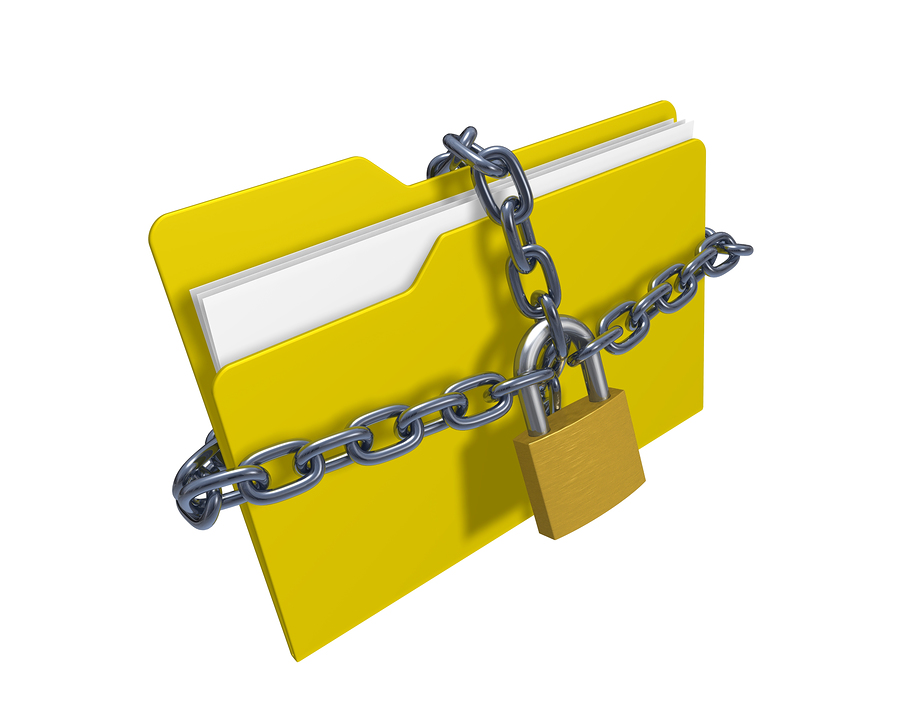 Data security is one of the most crucial aspects of corporate IT infrastructures. While remote security vulnerabilities are of great importance, local data protection is also a critical part of maintaining security best practices.
Data security is one of the most crucial aspects of corporate IT infrastructures. While remote security vulnerabilities are of great importance, local data protection is also a critical part of maintaining security best practices.Unix and Linux systems are typically used to provide services to a large number of users. These large numbers of local users pose further risks to unauthorized data access. One of the most common ways this is addressed is ensuring local users can only access their own data.
There are two ways this is usually achieved. User and group permissions are always used within any production server so local users can only access their own data and access the system functions needed for general use. While this can be successful, it has a large margin for error because permission values can be easily overlooked within a large number of files and directories.
The best method of protecting data against local users is to use jail environments. This limits all user access to within a jailed environment that only allows them to access their own
files within the system. It does this by providing the user with all the system functions and services needed, without allowing local access anywhere outside of the jailed environment.
These methods are only basic procedures of corporate IT security. In the high risk industry of IT and data services, another best practice is to monitor user activity in Linux for added security. This can be used to ensure users are not attempting to compromise unauthorized data or gain administrative (root) privileges. If this type of access is achieved by a local user, it will grant them access to the entire system and the data of other users as well.
Security best practices extend well beyond permissions and require many other procedures for high level data protection. While corporate IT systems can monitor user activity in Linux as an added layer of protection, running secure services within the system is also of the utmost importance.
Maintaining bug fixes, security patches and staying up to date on the most current service vulnerabilities is the responsibility of all corporate IT security administrators. When these practices are combined with correct file permissions, jailed environments and user activity monitoring, they function together as a dependable and safe security solution for the corporate IT industry.
Posted by biztek
at 5:57 AM EDT
Updated: Tuesday, 25 March 2014 10:31 AM EDT
Post Comment | Permalink | Share This Post
Updated: Tuesday, 25 March 2014 10:31 AM EDT
Post Comment | Permalink | Share This Post


